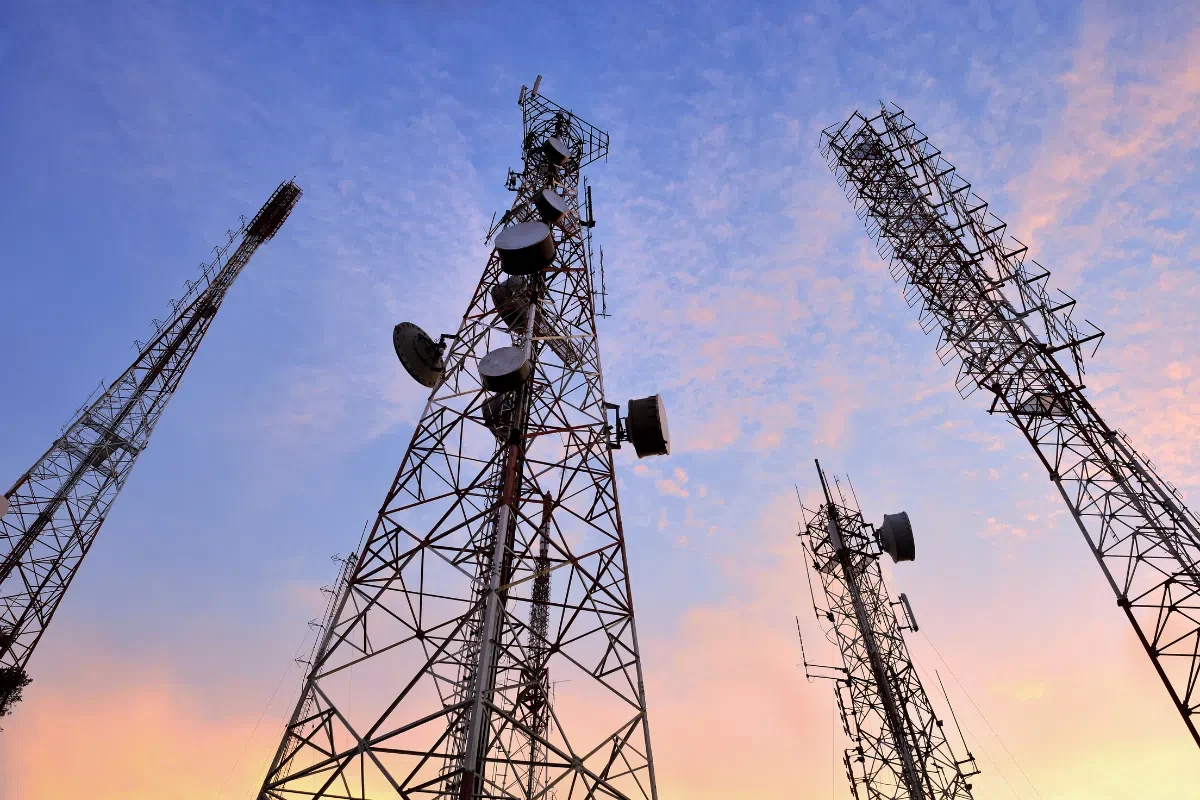When you think about the essentials of modern life, things like electricity, running water, and transportation come to mind. But in today’s digital-first world, connectivity belongs on that list too. Every phone call, every video conference, every text, and every streaming service relies on a powerful foundation called telecommunications infrastructure.
In Florida, where population growth and business development are moving at record speed, telecommunications infrastructure services are more important than ever. They are the invisible backbone that keeps communities connected, businesses thriving, and families linked to each other no matter where they are.
The meaning of telecommunications infrastructure services
Telecommunications infrastructure services cover everything involved in building, managing, and maintaining communication systems. This includes both the physical components—like underground fiber optic cables, wireless towers, and conduit systems—and the digital systems that manage and secure the flow of information.
In simple terms, these services are what make it possible for people and businesses in Florida to connect to the internet, make phone calls, run cloud-based applications, and stay in touch with the rest of the world.
The key systems that make up telecommunications networks
A modern telecommunications network is made up of several integrated systems. Fiber optic and copper cabling form the base for data transfer, while cell towers and antennas support wireless communication. Satellites expand coverage in remote areas, and data centers store and manage the enormous amount of digital information we use every day.
In Florida, these systems are being deployed and upgraded rapidly. For example, Miami is seeing large-scale fiber expansions that provide faster internet speeds to businesses and homeowners, while Orlando is home to growing data center operations that keep both local and international companies running smoothly.
The role these services play in smooth communication
The role of telecommunications infrastructure services is to keep communication seamless and reliable. Without them, Florida residents and businesses would experience slow connections, dropped calls, or total outages.
Think about hospitals in Tampa that rely on instant access to patient data, or universities in Gainesville offering virtual classes. Strong infrastructure ensures these services are delivered without interruption. It’s about more than convenience—it’s about safety, education, and productivity.
The importance of strong telecommunications in Florida
Florida’s rapid growth makes telecommunications especially important. More people are moving to the state every year, and its economy depends on industries like tourism, international trade, healthcare, and real estate. All of these industries demand fast, secure, and reliable communication networks.
The state also faces unique environmental challenges. Hurricanes, tropical storms, and flooding can disrupt networks if they aren’t designed with resilience in mind. That’s why Florida requires not only advanced but also durable telecommunications infrastructure. During emergencies, being able to communicate can be the difference between chaos and order.
Fiber optic cabling as the backbone of modern infrastructure

Fiber optic cabling is one of the most important advancements in telecommunications. By transmitting data using light instead of electricity, fiber offers lightning-fast speeds and virtually unlimited bandwidth. This makes it the backbone of today’s communication systems.
Cities like Jacksonville and Miami are rapidly expanding their fiber networks, bringing high-speed internet to new neighborhoods and business districts. These investments don’t just support current needs—they prepare Florida communities for future technologies such as smart cities and Internet of Things (IoT) applications.
Wireless connectivity as a growing part of the network
While fiber handles the heavy lifting, wireless connectivity ensures that people can access communication systems anywhere. Cell towers, Wi-Fi hotspots, and small-cell technology deliver mobile coverage that keeps Florida residents connected on the go.
Tampa, for instance, has been a hub for 5G rollout, providing faster and more reliable wireless services to support everything from remote work to autonomous vehicle testing. As more Florida cities adopt 5G, wireless infrastructure will only grow in importance.
Data centers as the central hub of telecommunications
Data centers serve as the control rooms of telecommunications. They process, store, and secure the massive amounts of information traveling across networks every second.
Orlando has emerged as a hotspot for new data center development because of its central location and growing business community. These facilities ensure that industries like healthcare, tourism, and e-commerce have reliable and secure data access, which is essential for keeping Florida’s economy strong.
Service providers and how they manage infrastructure

Telecommunications infrastructure depends on experienced service providers to design, install, and maintain it. These providers oversee everything from laying fiber in new residential areas to setting up antennas for expanded wireless coverage.
In Florida, providers must also consider environmental challenges, making sure systems are built to withstand heat, humidity, and storms. Regular inspections, preventive maintenance, and emergency response protocols are all part of managing a resilient telecommunications network.
Planning and maintaining projects in Florida’s environment
Planning telecommunications projects in Florida takes foresight and precision. Contractors must survey land, secure permits, and coordinate with city and county regulations before work even begins. Maintenance is equally important because equipment exposed to salt air along the coast or heavy rainfall inland can wear down faster.
For example, Fort Lauderdale has invested in storm-resistant underground cabling to minimize disruptions during hurricane season. This kind of planning ensures residents and businesses remain connected even during extreme weather events.
The long-term benefits of investing in reliable systems
Reliable telecommunications systems bring long-lasting benefits. They attract new businesses, fuel economic development, and create better opportunities for education and healthcare. For Florida residents, it means better internet at home, smoother mobile service, and more secure digital services.
Trusted contractors like AM Florida Builders play a key role in these projects, helping to create durable infrastructure that supports the state’s growing needs. Their focus on quality and resilience ensures that Florida communities stay connected not just today but well into the future.
Telecommunications infrastructure services are the unseen backbone of modern life. From fiber optic cables beneath the streets to wireless signals in the air, they make seamless communication possible. In Florida, where growth and resilience go hand in hand, investing in strong telecommunications networks means investing in a connected, thriving future.



